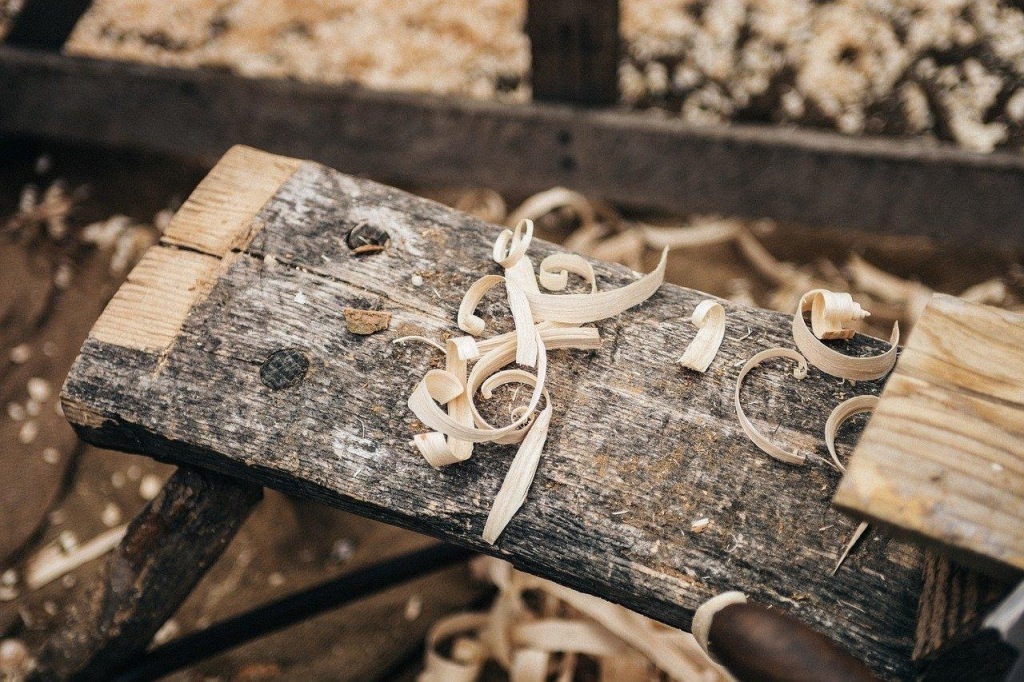Routing into hard material like wood or plastic becomes feasible when using tools like routers. It is especially useful while making furniture. A wood router is likely to have some shortcomings while being used in terms of the outlook. To make the most of what you have and utilize your resources to the fullest would mean mastering perfect edge profiles, and precision in cutting patterns.
Some people would simply recommend the counterclockwise technique, that is, running the router in the said direction around the top of the workpiece. It doesn’t always work, and the wood tends to chip out at the corners, which not only makes it untidy and shabby but also dangerous since the chips can tear through the skin.
Here’s what we have consolidated for you to remember as a beginner while working with woodworking routers.
Technique
It cannot be emphasized enough how important the correct way of using a router is. You must tap into different sources that can ardently make you learn techniques that work out the best for your projects.

The following points will help underline the important points to be noted.
- Direction
You are supposed to feed your router from left to right to ensure the blade makes contact with the wood correctly, and the machine moves in a clockwise direction. Spend ample time practicing beforehand so that you can narrow down to the correct ways to leverage such a device.
- Pressure
The correct amount of pressure is significant since too much force being applied will burn the wood as the table turns very quickly. Thus, be mindful of this aspect when it comes to employing these devices as it decides how efficient your project is.
- Cleanliness and clogging
Most routers come with dust extraction parts so that proper cleanliness around the machine can be maintained post work. In the absence of cleanliness, some machine parts tend to clog and be problematic. Keep up with the regular upkeep of your router so that its life gets extended and can justify the investment made.
Always consider safety first
Wearing gloves, masks, eye protection, and other safety gear is extremely necessary. Sawdust is extremely harmful to your throat and lungs, while wood chips being stuck to your skin could cause severe damage and extreme pain.
The safety intact will ensure that regardless of how the project turns out to be, you are safe and secure, and there is no further loss in any regards whatsoever. A multitude of online sources can let you dive into the correct use of routers so that you don’t end up hurting yourself during a project.
Consider the precision of work as a priority
While safety is of concern working with sharp blades, it is also vital to use sophisticated tools to get the best you can.

Here are some tips to explain how to ace precision while also being safe.
The wood should be properly fixed before you start working on it. This will help you work on the points you have traced and remove the damage of unsecured items.
Use a clamped fence to keep your router straight in case of a straight run. This is a way to maintain precision while also keeping you away from mishaps.
Practice more to be better, as in the case of any other skill. You can do free-hand routing more confidently and safely once you have had enough practice and are confident using your router.
Thus, when you buy a router, make sure you learn how to take care of it too. Proper usage is quintessential, and all you need to keep in mind is safety, cleanliness, and technique.






